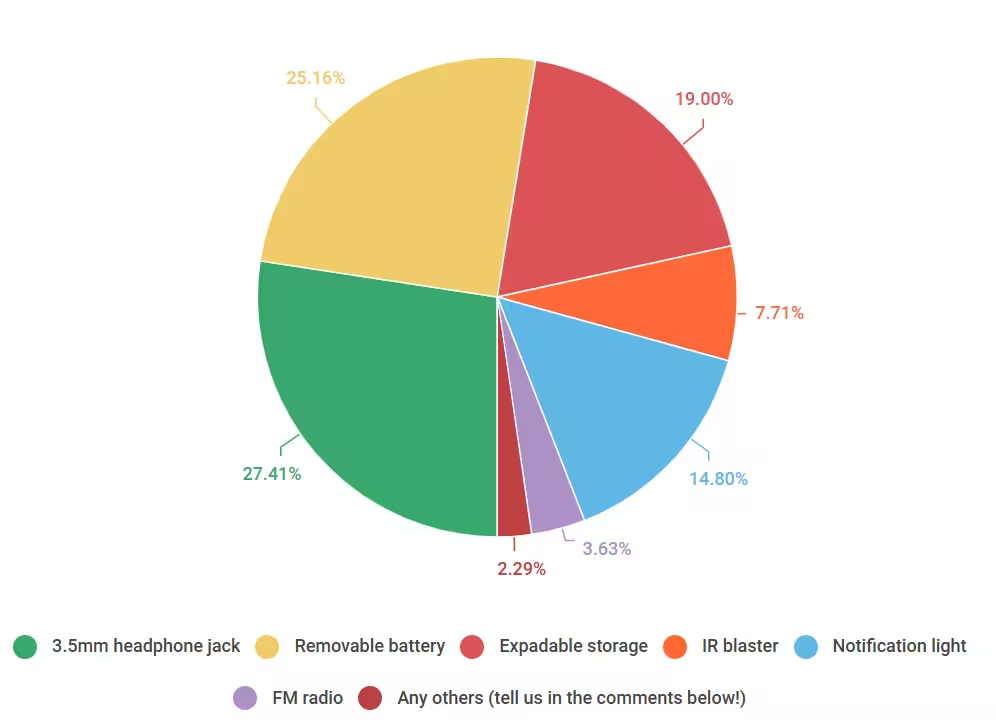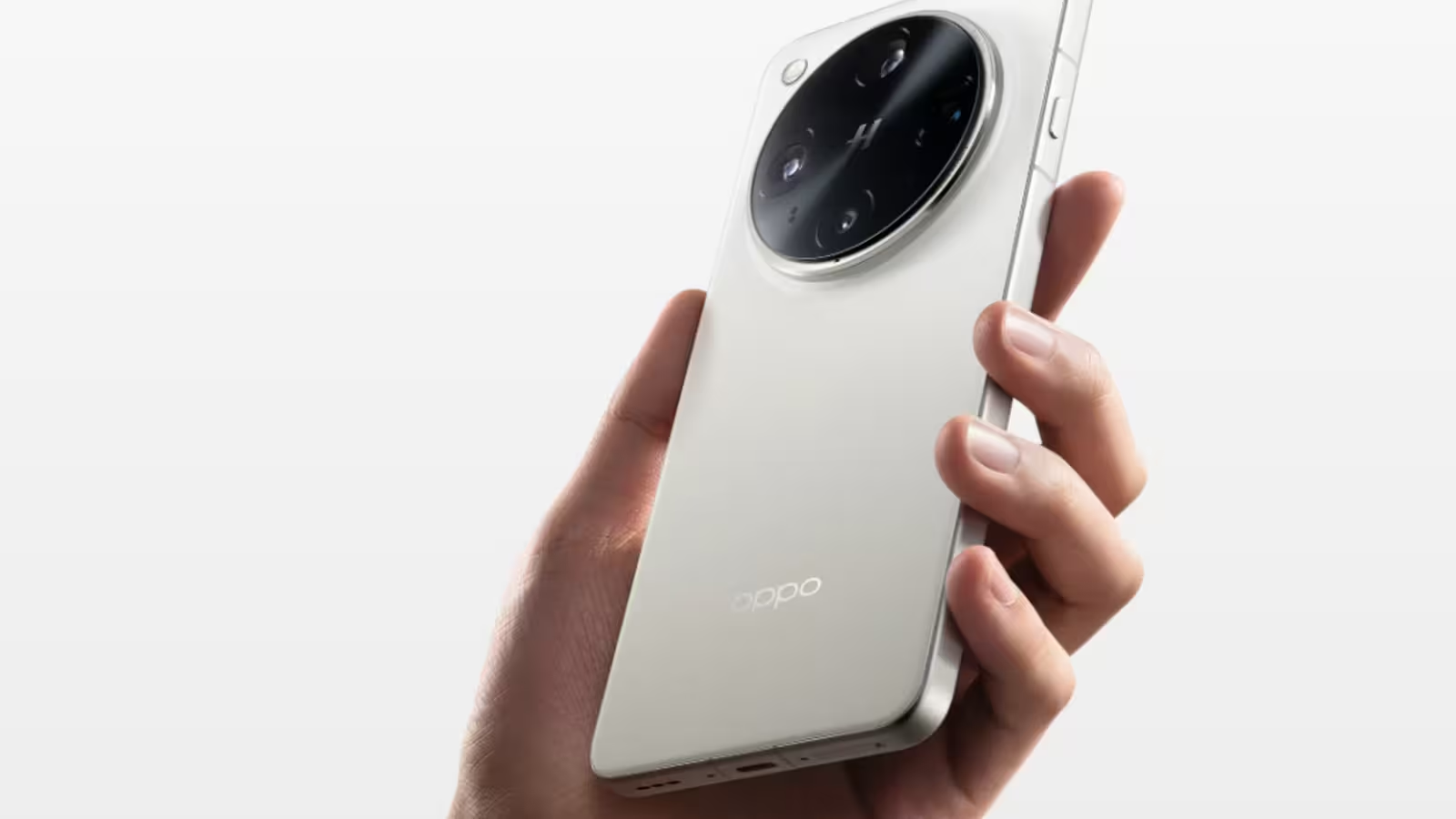4 Minutes
Essential Smartphone Features That Android Users Wish Would Return
In the relentless evolution of smartphone technology, consumer devices have become sleeker and more powerful than ever. Yet, in this race toward optimization, convenience, and minimalism, several practical and beloved features have quietly disappeared from modern Android smartphones. Recently, we conducted a survey to gain direct insight from our readers on which legacy features they truly miss—and the results reveal much about today’s mobile technology landscape and user priorities.
Top Features Android Users Miss: Survey Highlights
Over 4,000 tech-savvy respondents participated in our poll, showing just how passionately users feel about certain features that have become rare in newer Android phones. According to our findings, two features dominate the collective nostalgia of Android enthusiasts: the 3.5mm headphone jack and a user-replaceable battery. Both features garnered nearly equal levels of support, with the headphone jack receiving 27% of votes and the removable battery following closely at 25%.
Why the Headphone Jack and Removable Battery Matter
The 3.5mm headphone jack was once a universal standard for portable audio, providing plug-and-play simplicity without the need for adapters or Bluetooth pairing. As smartphone makers have phased out this port in favor of wireless solutions, users lament the loss of uncompromised sound quality, instant device switching, and effortless audio sharing with friends—all of which wired headphones facilitated.
Removable batteries, once common in flagship Android devices, offered users the flexibility to swap out a depleted battery on the go or extend the lifespan of their device with ease. As manufacturers have transitioned to sleeker form factors with sealed batteries, the appeal of quick repairs and indefinite usability has diminished, much to the disappointment of power users.

Other Discontinued Features Users Long For
Following closely behind the top two were expandable storage (like microSD card slots) and notification LEDs. While internal storage capacities and transfer speeds have increased dramatically, many users still miss the convenience of instantly moving data via SD cards—a feature especially valued by photographers, gamers, and frequent travelers. Notification LEDs once offered discrete, color-coded alerts at a glance, an experience that modern alternatives like Always-On Displays and light strips have yet to fully replicate.
Fewer respondents missed the infrared (IR) blaster, possibly because select handsets like the OnePlus 13 still support it. FM radio also has a nostalgic charm but appears to be significantly less in demand among the current Android community.
Unique Suggestions: Customization and Audio Innovation
Several respondents brought up additional features that once set Android apart, including dual front-facing speakers, gesture controls (such as the squeeze features from the Pixel 3), Soli RADAR technology for intuitive unlocking on the Pixel 4, and dedicated physical fingerprint scanners. These features, while more niche, reflect the ecosystem’s former emphasis on user customization and accessibility.
The conversation also sparked memories of the early Android days when enthusiasts frequently installed custom ROMs and kernels, unlocking advanced system tweaks and performance boosts—an aspect some miss as software ecosystems become more locked down for security and stability.
Market Dynamics: Shrinking Diversity and Consumer Choice
One reader, Kamil Devonish, poignantly summarized a sentiment resonating across the tech community: today’s smartphone market, despite its technical advancements, often sacrifices choice for streamlined production. As brands converge on similar form factors and spec sheets, the diversity that once let users select a phone tailored to their needs has diminished.
Features, Use Cases, and Market Relevance
The move away from customizable features and hardware options highlights a critical tension in the industry—balancing innovation with genuine user value. Features like the headphone jack and removable battery were more than just additions; they enabled unique social experiences, prolonged device lifespans, and ensured flexibility for users with varied demands, from audiophiles and travelers to developers and tinkerers.
While wireless audio and fast charging present clear advantages, they come with inherent limitations, such as pairing frustrations and battery degradation. The loss of these features can thus be felt in everyday use—especially when users try to share music or extend device longevity in ways that were once straightforward.
Looking Forward: Will Classic Features Make a Comeback?
As the Android ecosystem continues to push the boundaries of digital innovation, there remains a passionate segment of users campaigning for the return of these practical, user-friendly features. Whether manufacturers will heed the call for greater choice and functionality in future devices is yet to be seen. What’s certain: nostalgia for the golden era of Android persists, and these features are more than just technical specifications—they represent a user-centric approach that many believe modern smartphones should strive to bring back.
Source: androidauthority



Comments